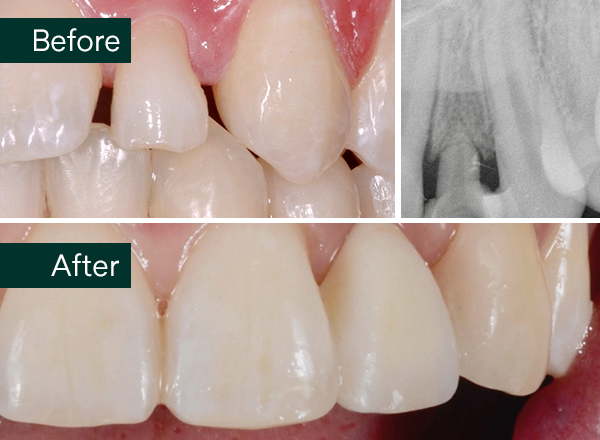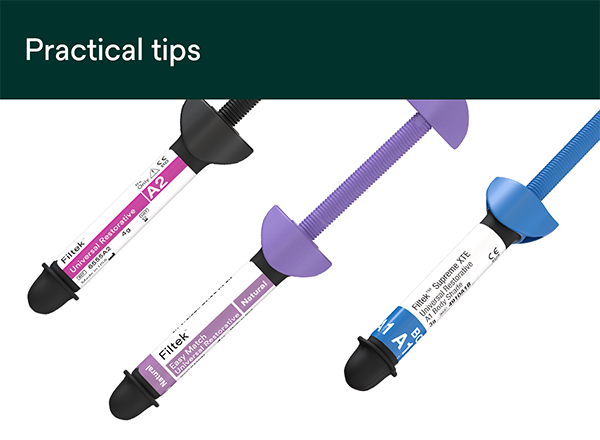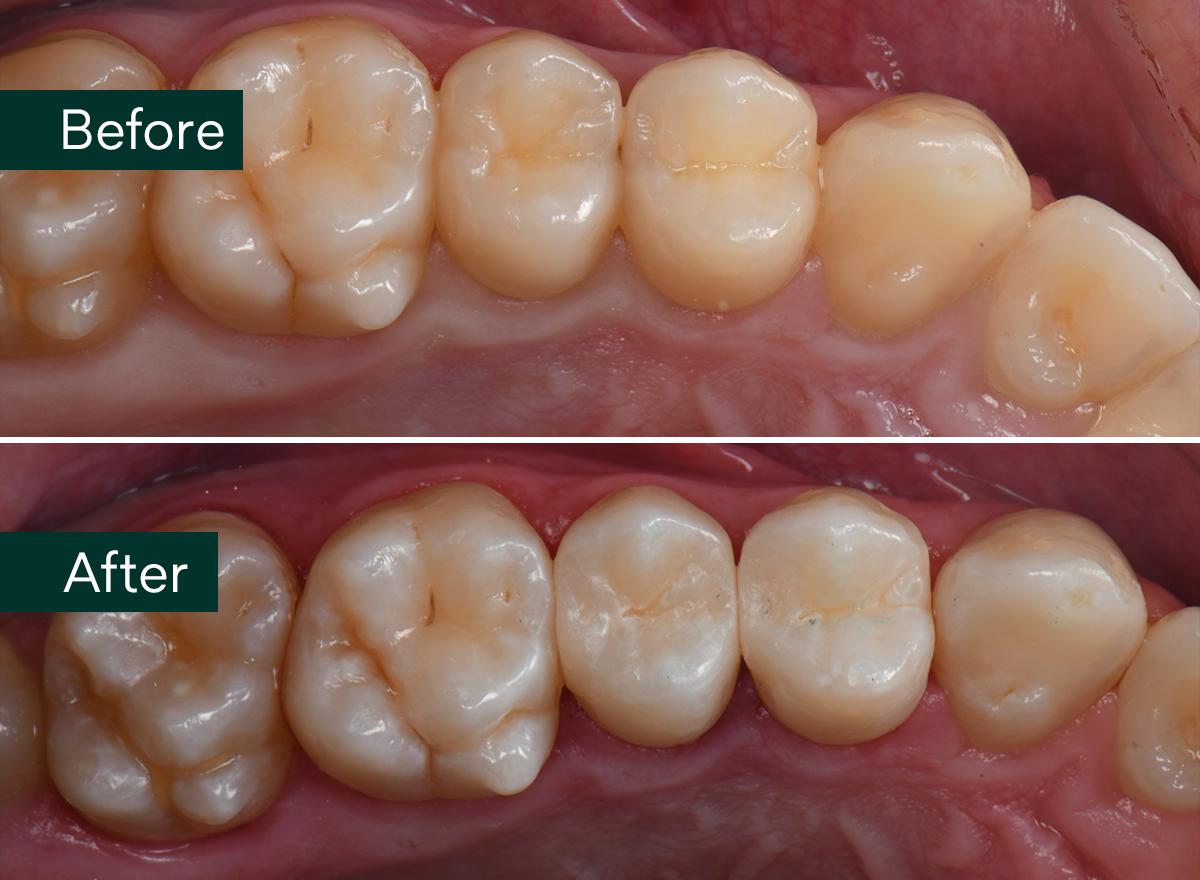
October 27, 2025
Clinical Case: Functional polyether impressions for removable dentures
Using 3M™ Impregum™ Penta™ Soft Polyether Impression Material.
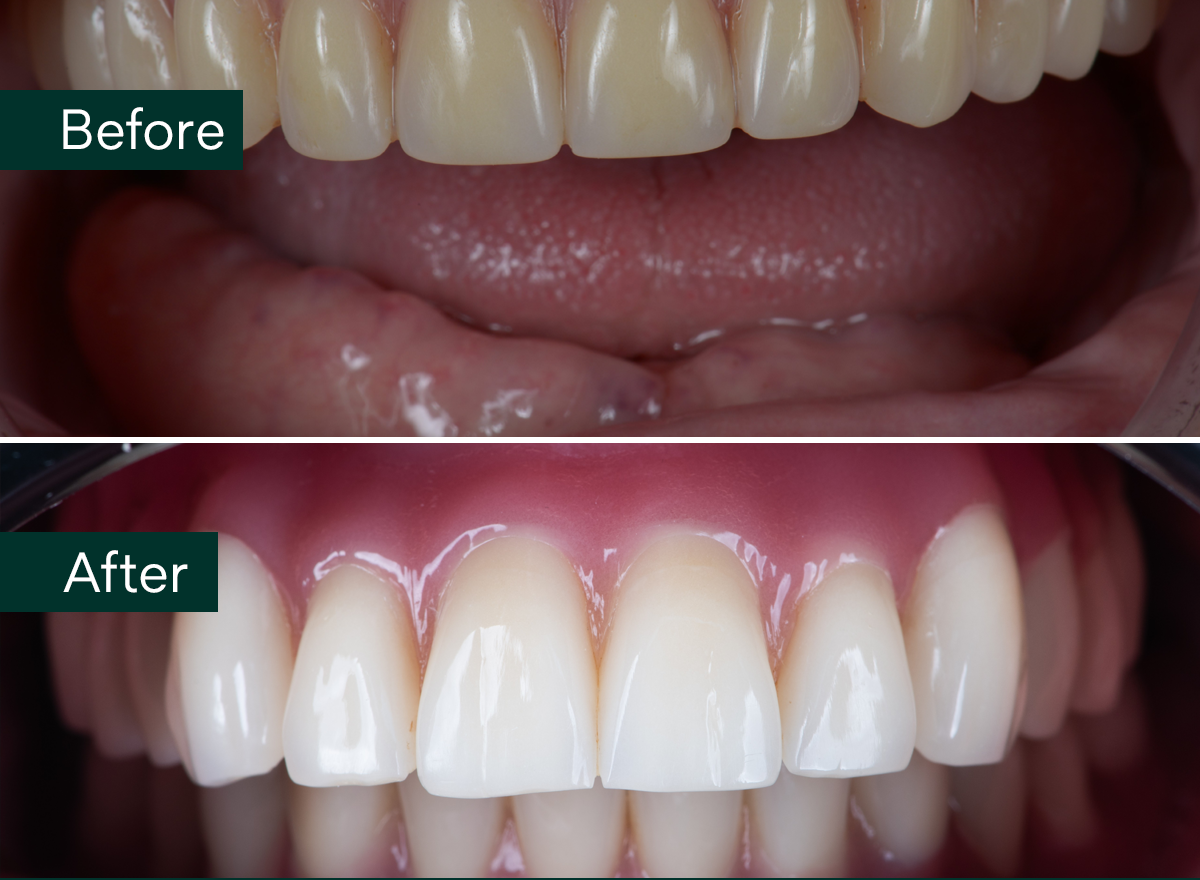
/ Clinical Cases / Functional polyether impressions for removable dentures
October 27, 2025
Using 3M™ Impregum™ Penta™ Soft Polyether Impression Material.

65-year-old male patient, totally edentulous for last 15 years. Advanced alveolar bone resorption in the upper and especially in the lower jaw. The patient has only a maxillary total removable prosthesis and none in the mandible because it was lost due to its poor retention.
The challenge was the atrophy of the alveolar bone and the hyperactive muscles of the floor of the mouth. The initial treatment plan was to fabricate a total removable prosthesis in the upper jaw and an implant-supported removable prosthesis in the lower jaw.
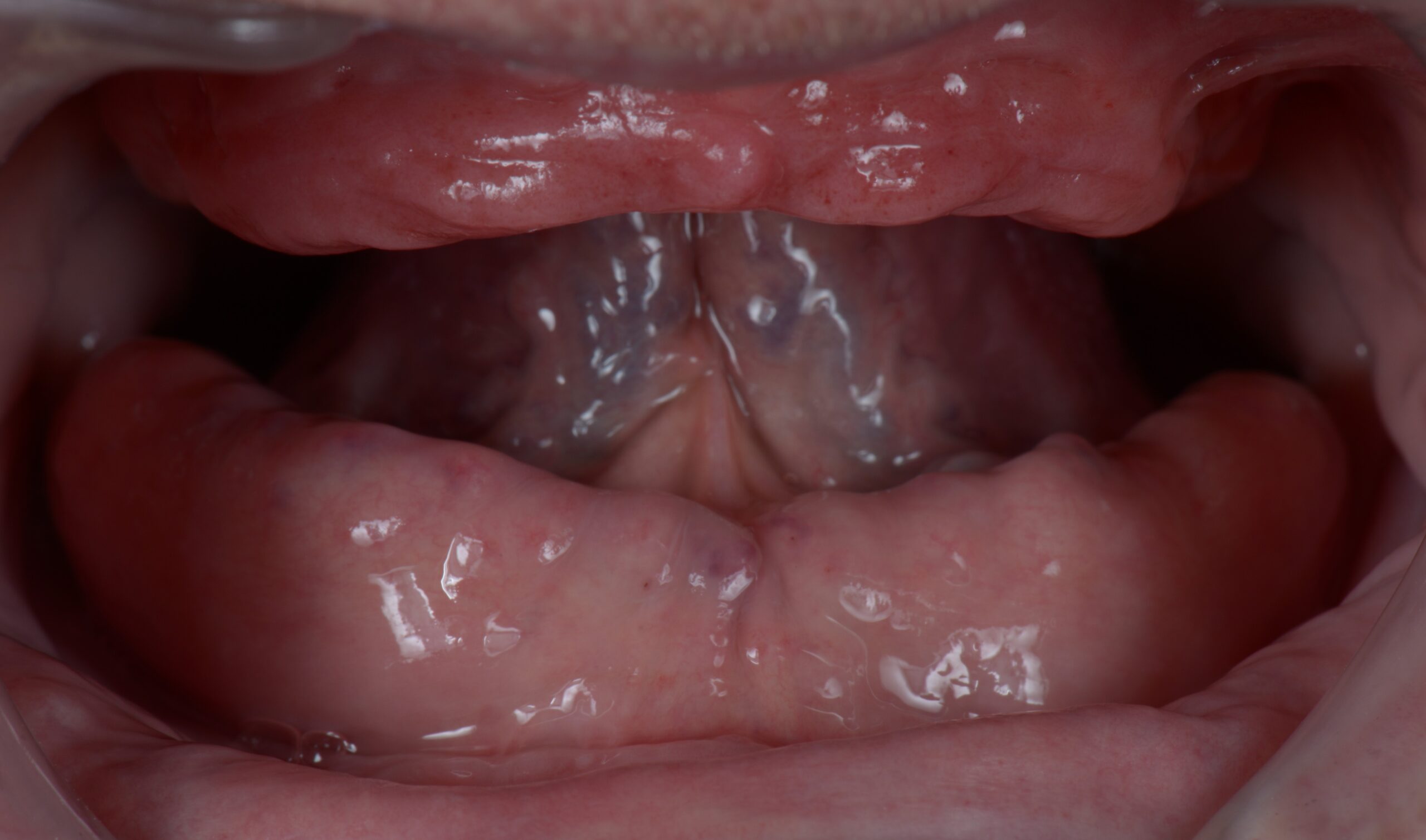
Initial situation: moderate alveolar ridge resorption of the upper jaw and advanced resorption of the lower jaw.
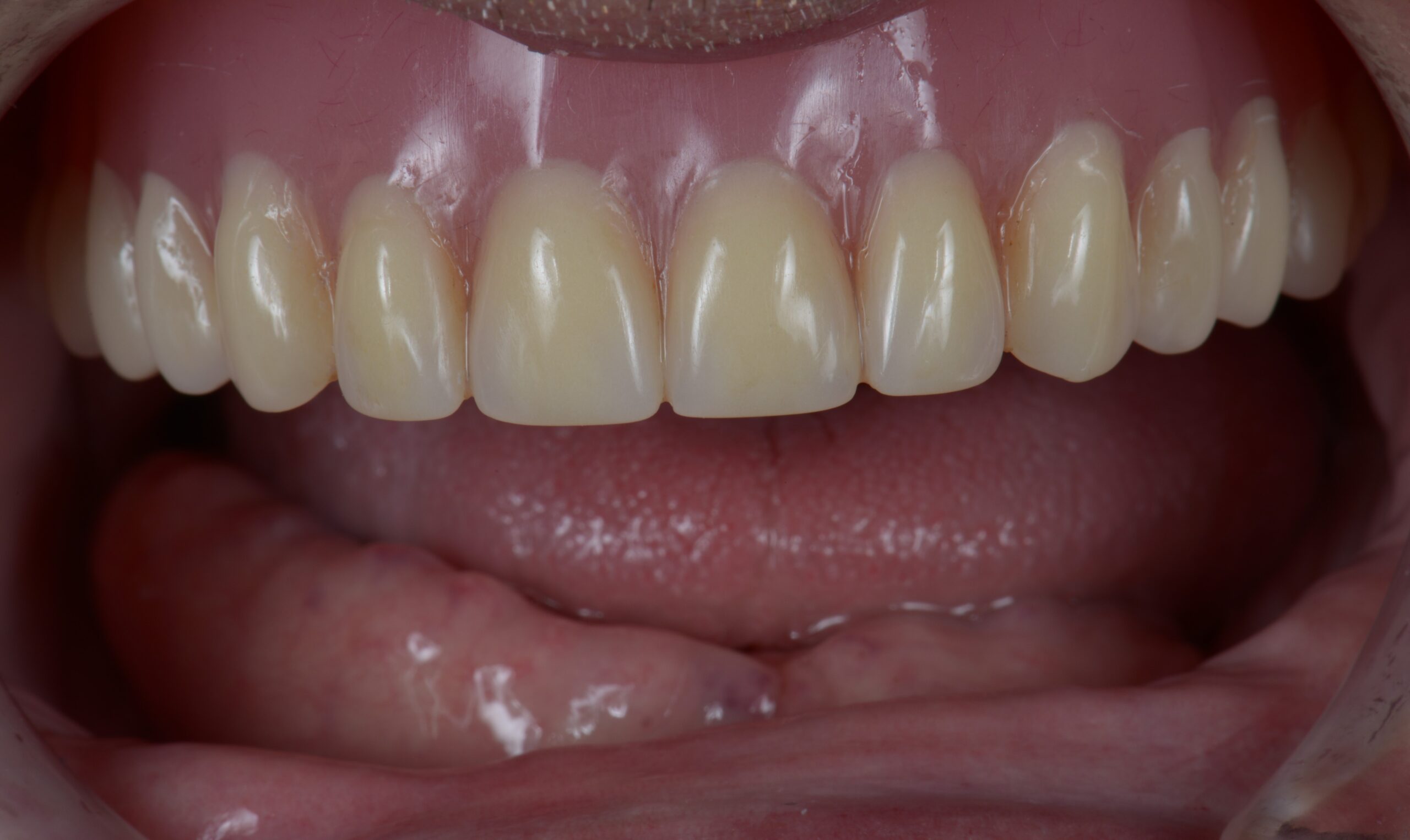
The old denture of the upper jaw. The denture of the lower jaw was lost many years ago.
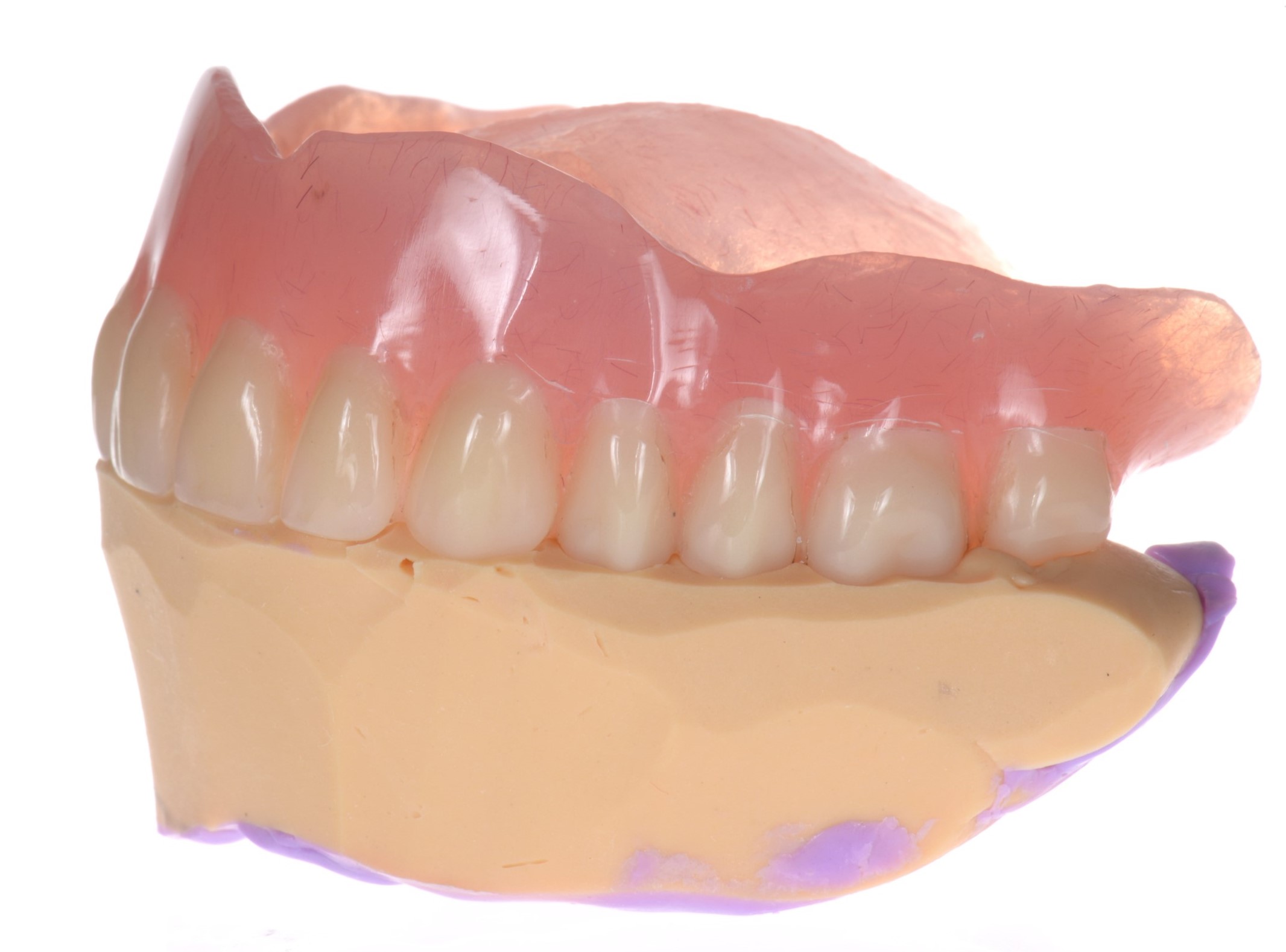
Initial bite registration using the old prosthesis of the upper jaw and a silicone ridge.
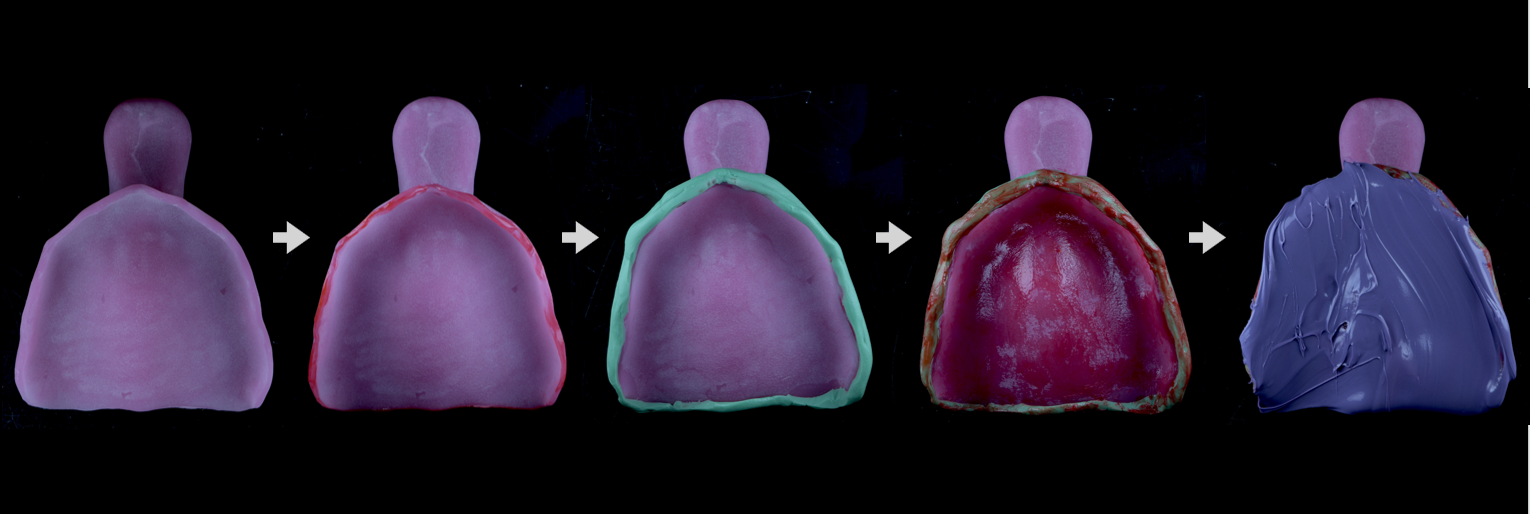
Preparation for the functional impression workflow: try-in of the individual tray; tray adhesive application on the tray margins; refining the marginal accuracy with VPS material; application of tray adhesive, loading the tray with the impression material.
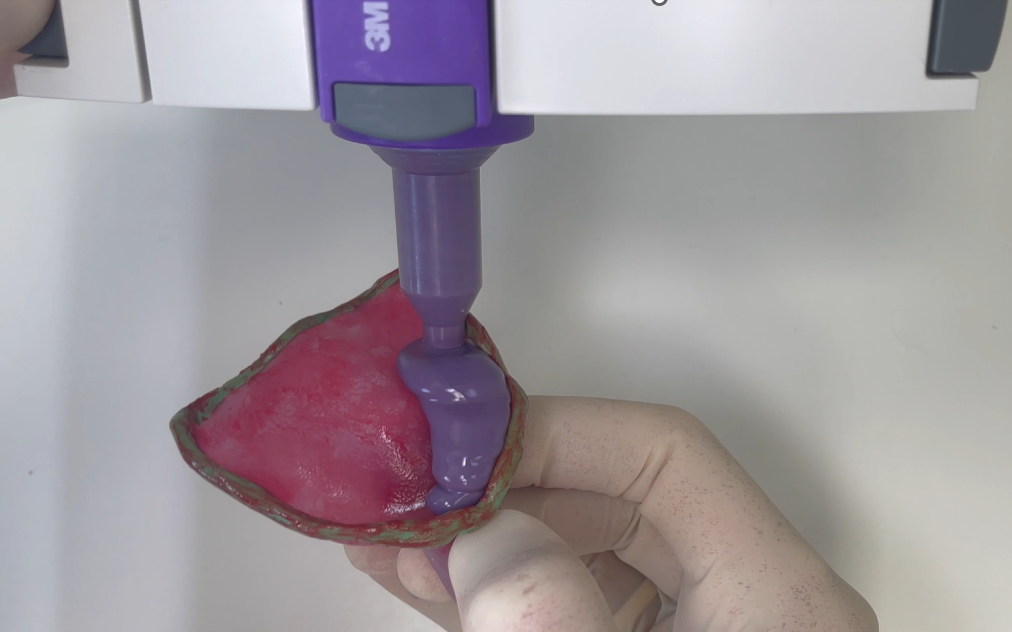
A proper loading of the impression material into the impression tray – keeping the mixing tip always immersed into the material.
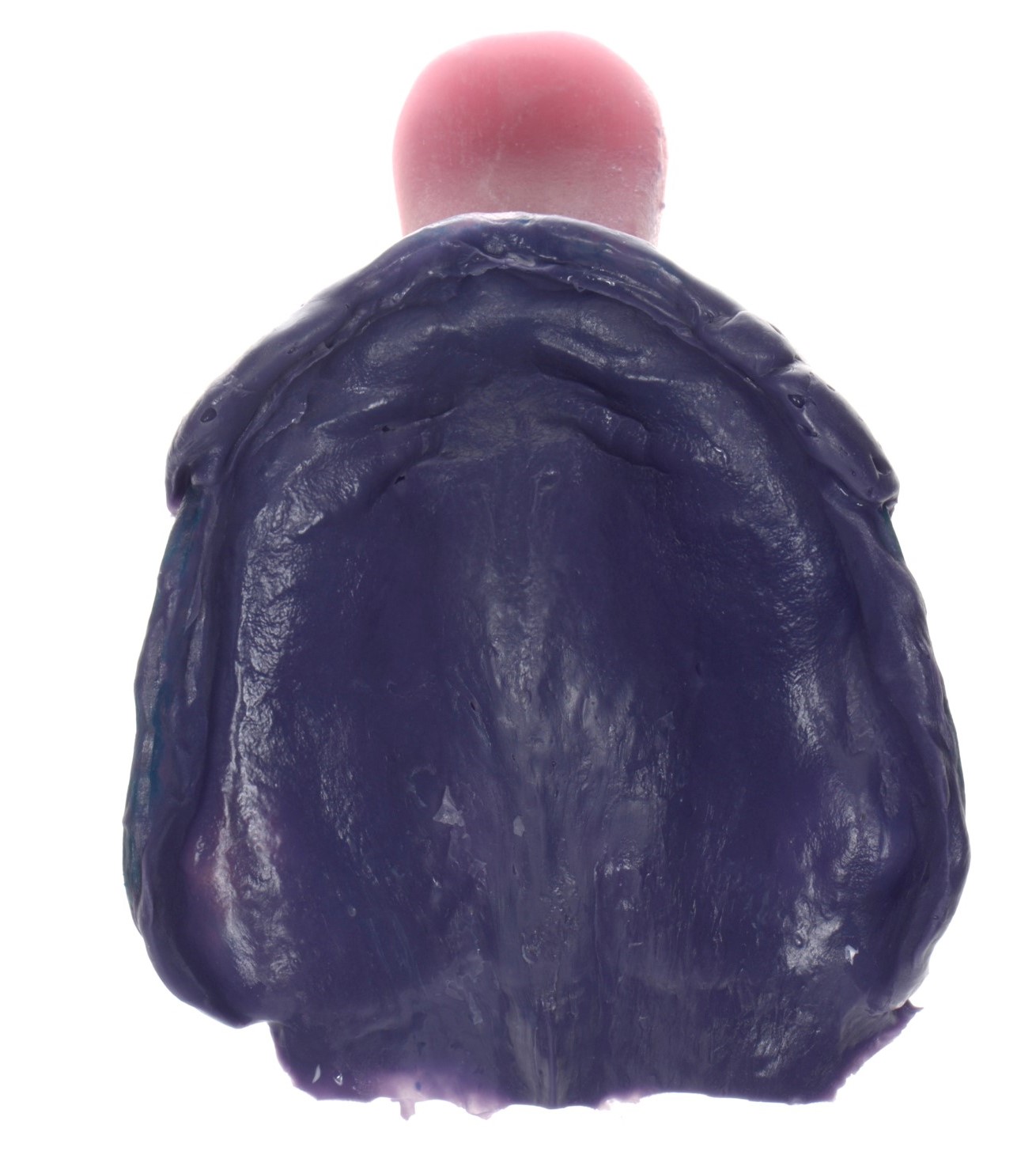
Final functional impression of the upper jaw made with individual tray using 3M™ Impregum™ Penta™ Soft polyether impression material.
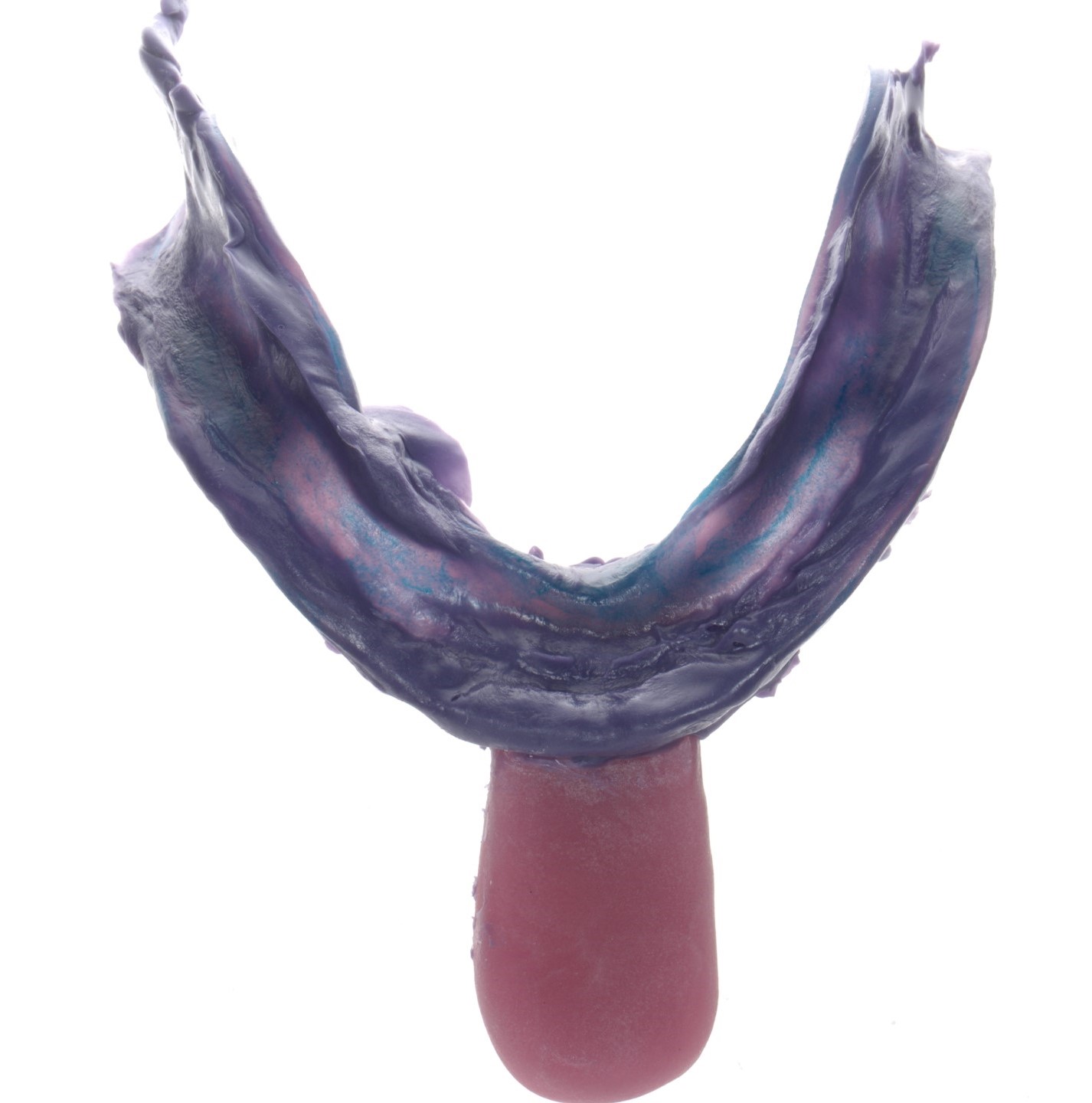
Final functional impression of the lower jaw made with individual tray using 3M™ Impregum™ Penta™ Soft polyether impression material.
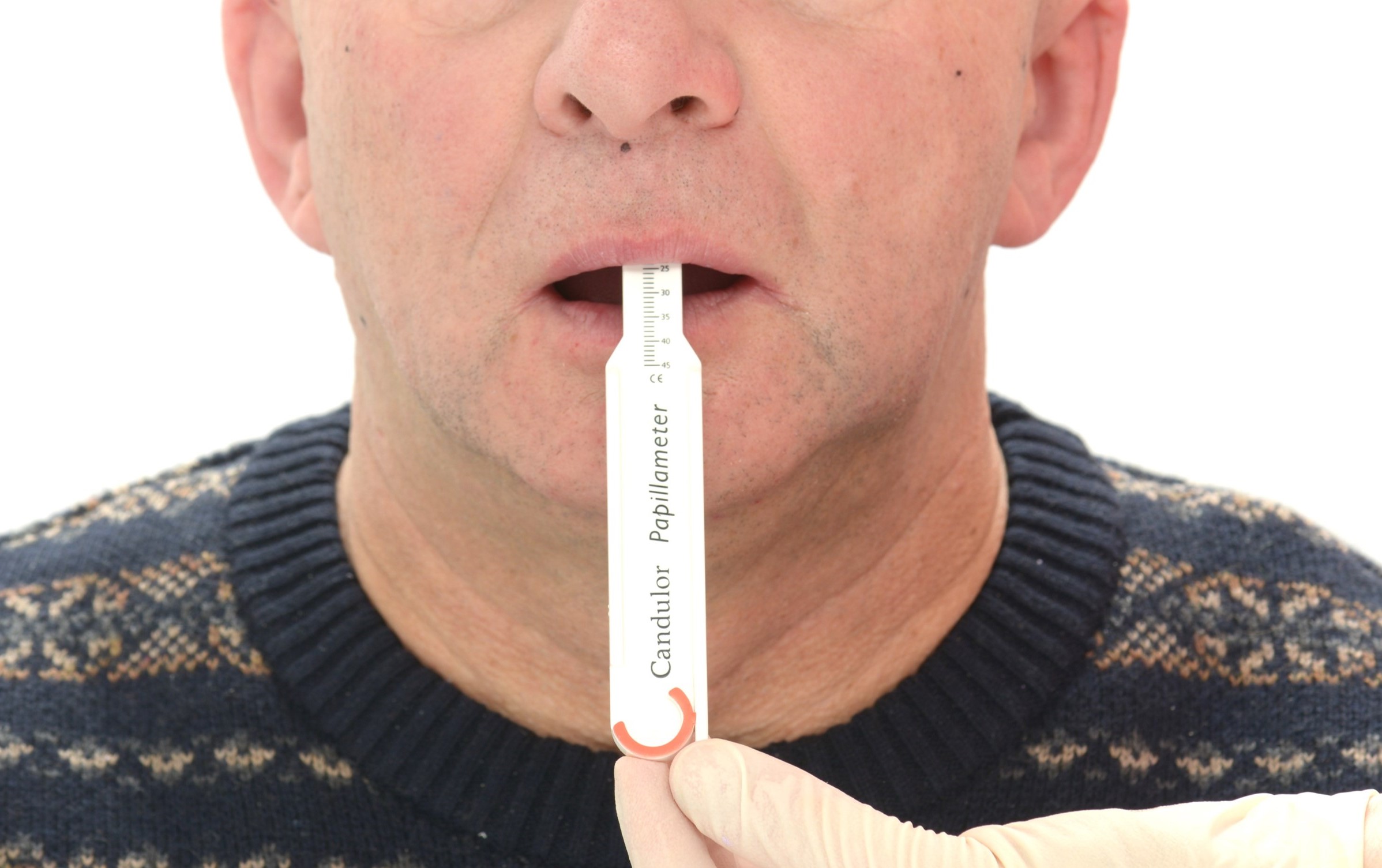
Measuring the length of the upper lip.
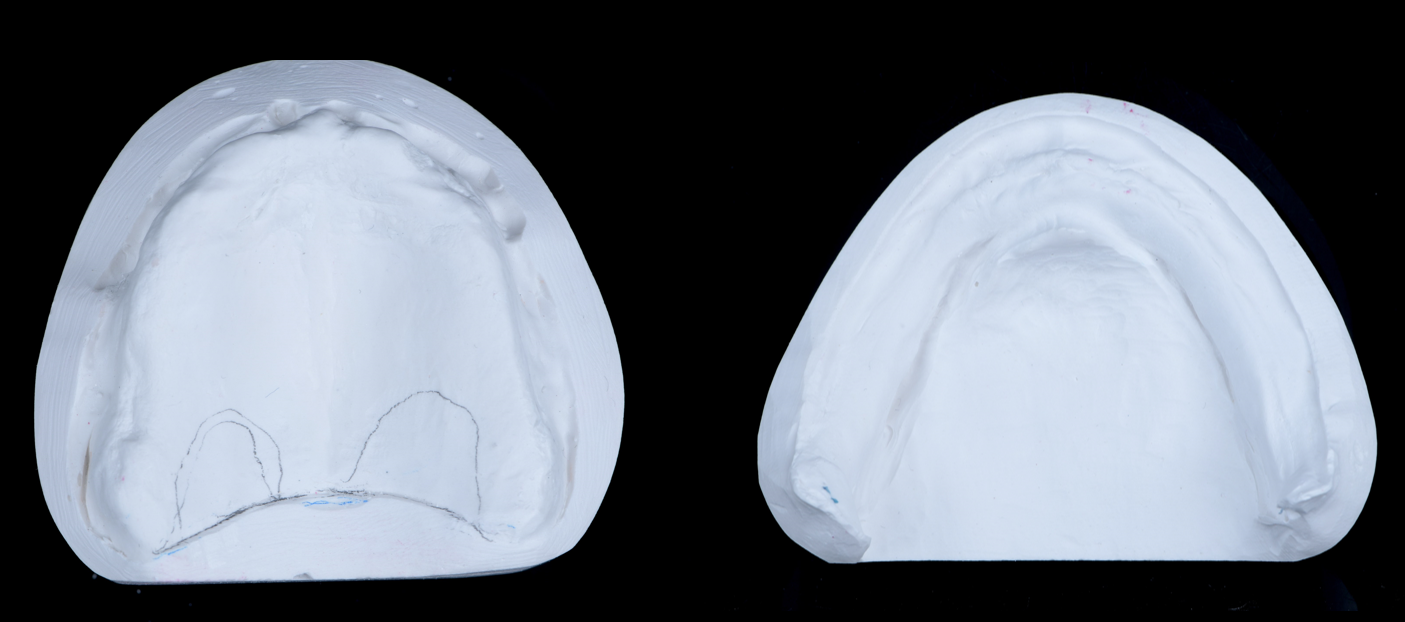
The master models for the fabrication of final maxillary and mandibular removable dentures.
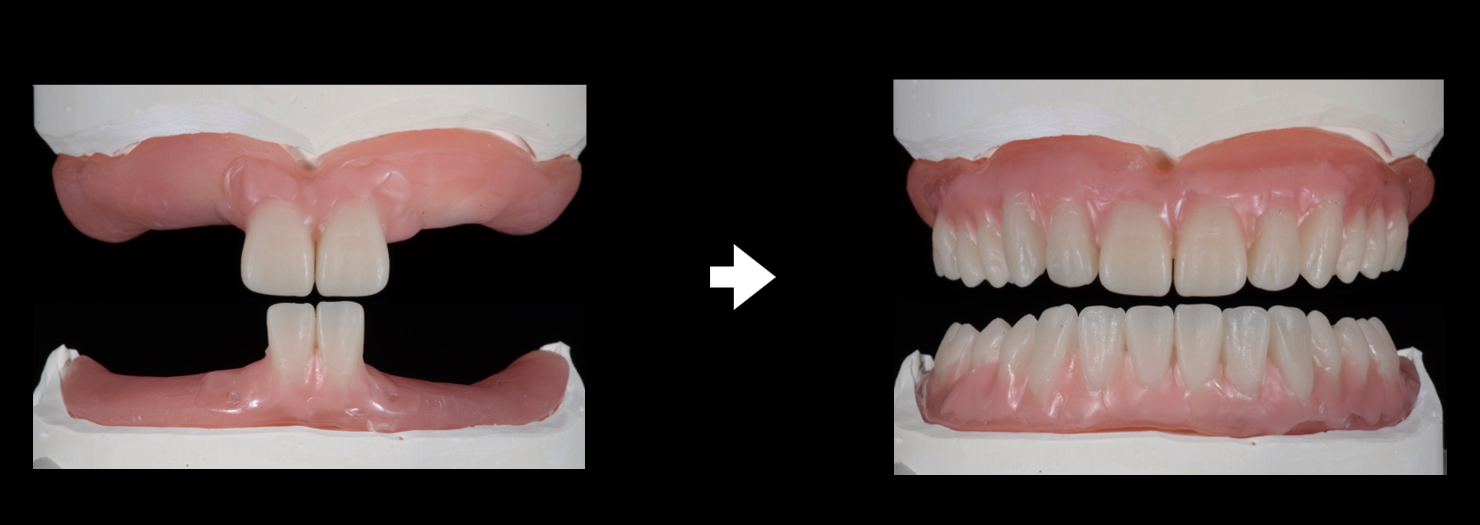
Individual setup of acrylic teeth’s using wax on the acrylic denture base, following the patient’s skeletal type: Skeletal Class Angle II-1 and high gonial angle.
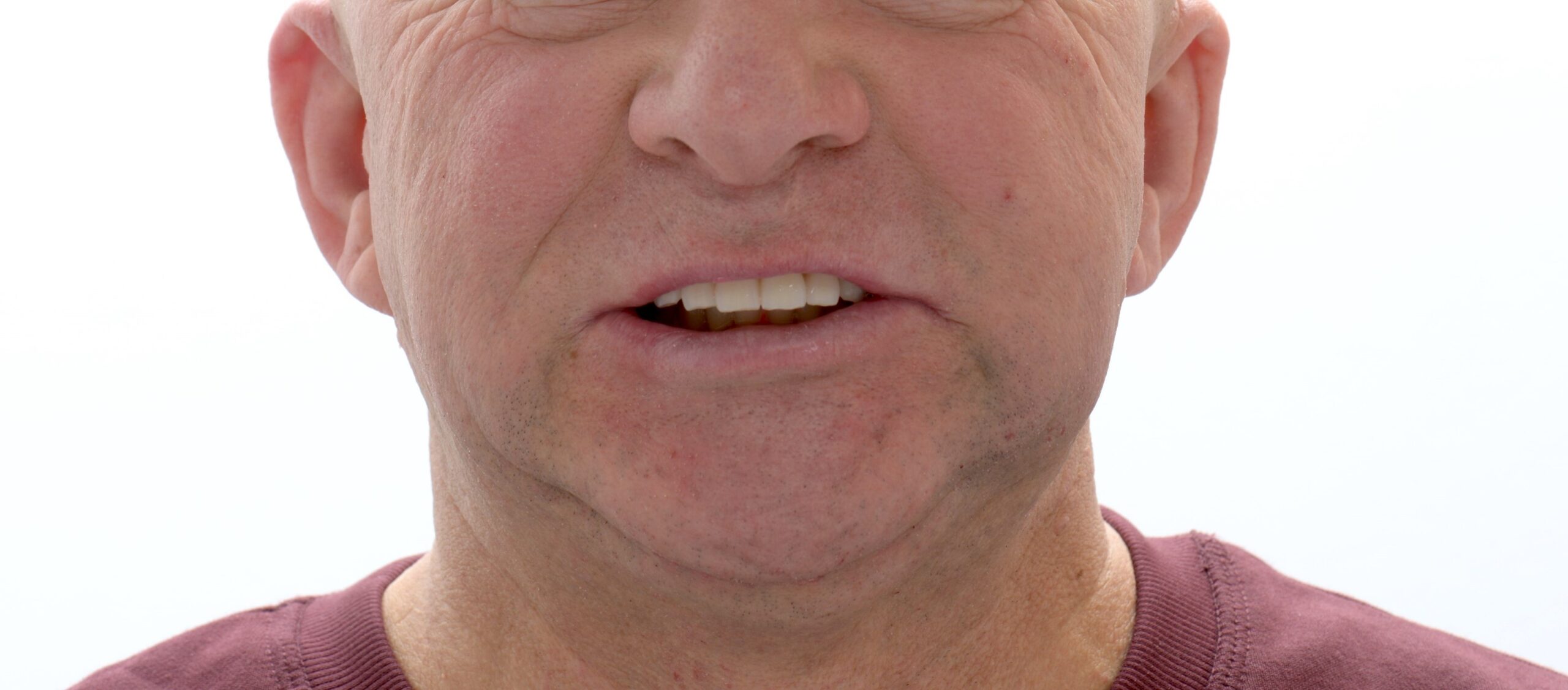
Try-in of the dentures.
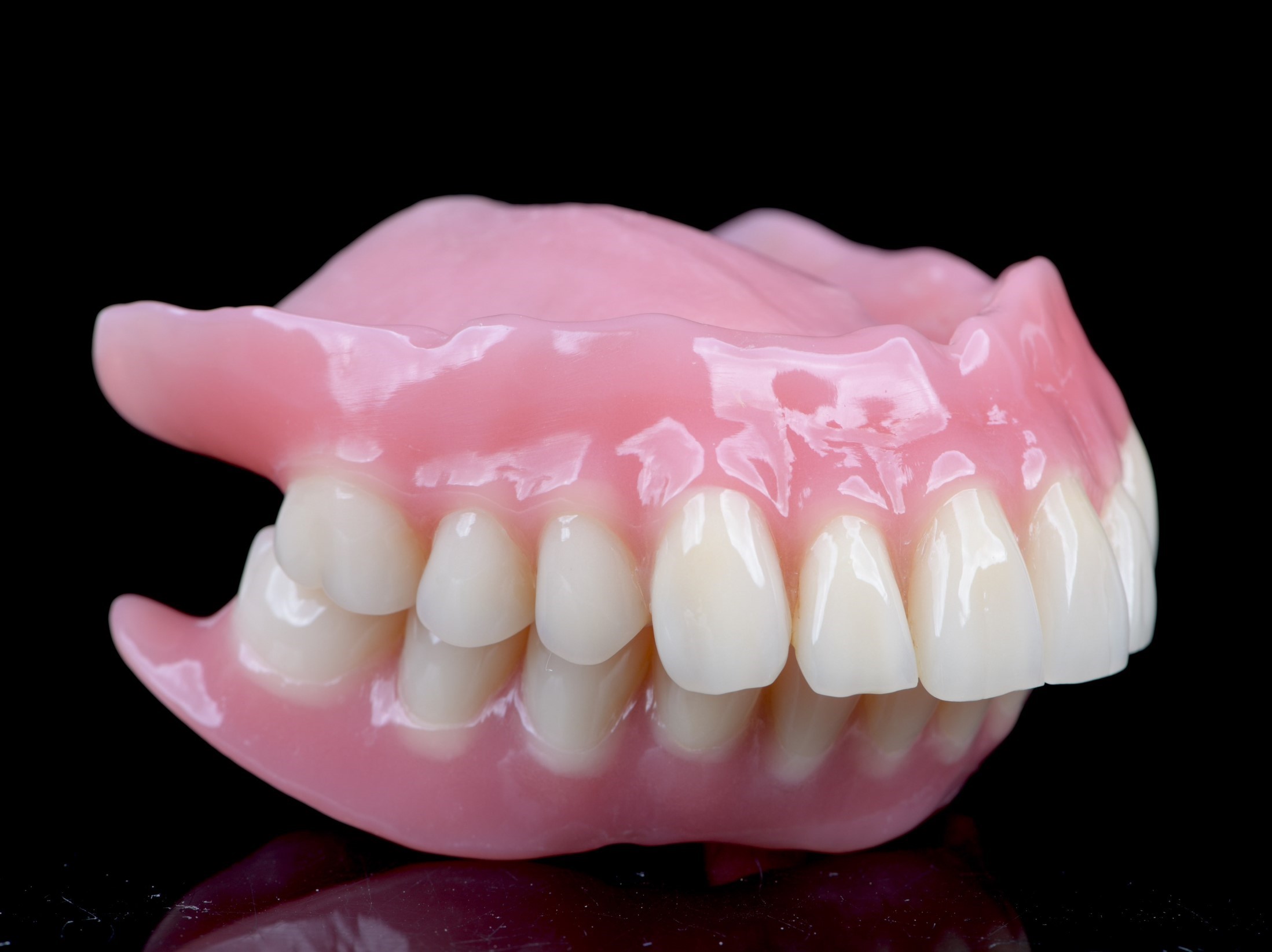
Final maxillary and mandibular removable dentures. Setup of acrylic teeth in removable dentures is made according to the patient’s skeletal type: Skeletal Class Angle II-1 and high gonial angle.
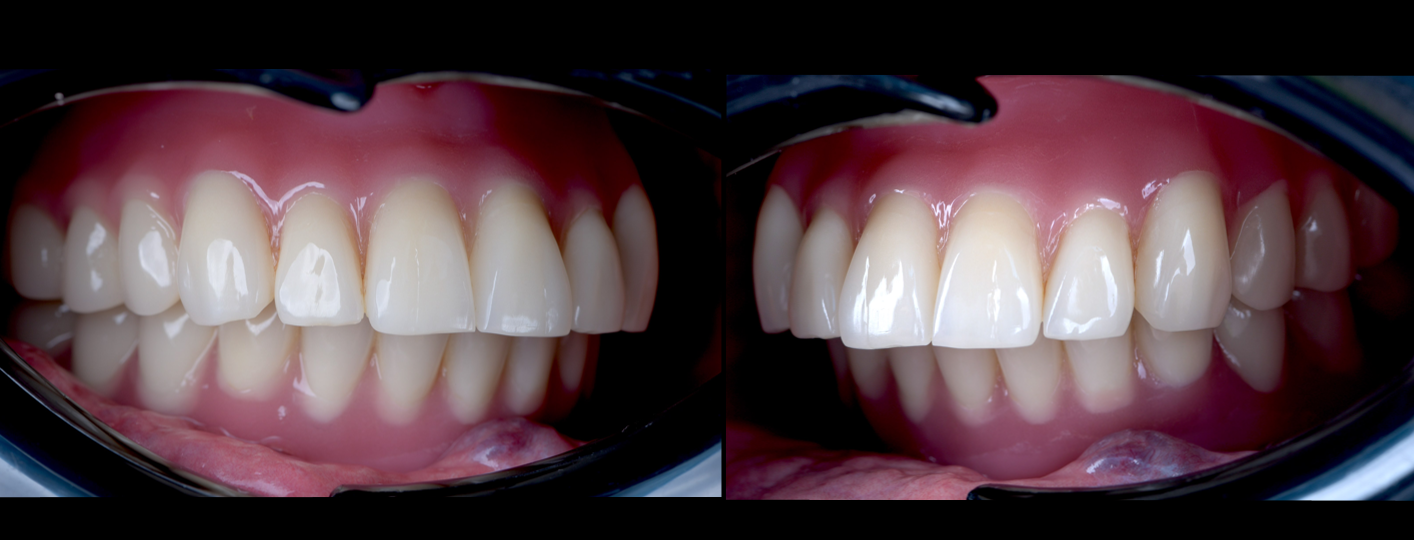
Intraoral view of the final maxillary and mandibular removable dentures.
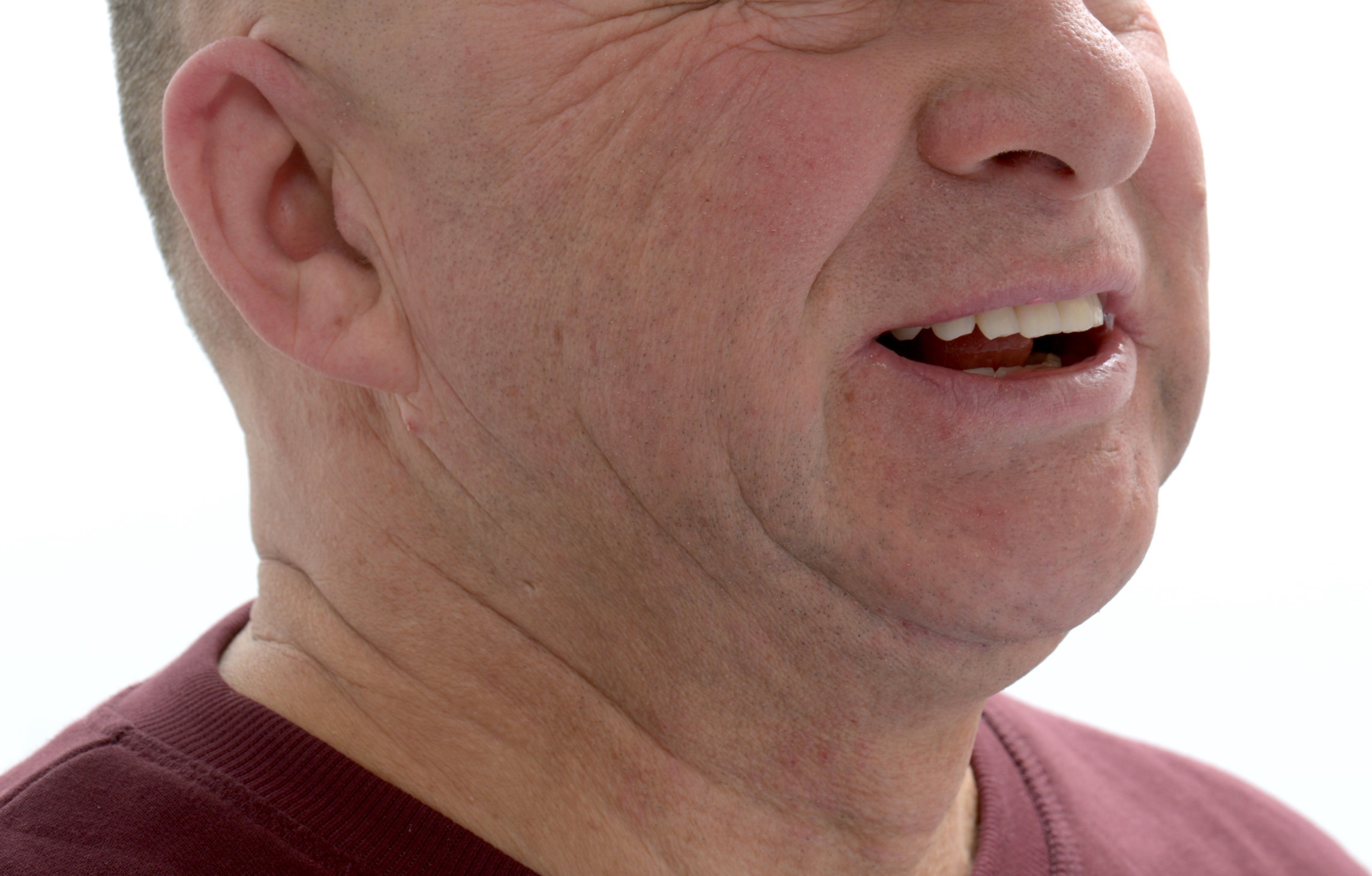
Extraoral view of the patient with the final maxillary and mandibular removable dentures.
Patient is absolutely satisfied with the aesthetics and retention of upper and lower jaw removable dentures. He is happy that implantation was not needed to achieve these results.
Refer to Instructions for Use (IFU) for complete product information. Results may vary.

